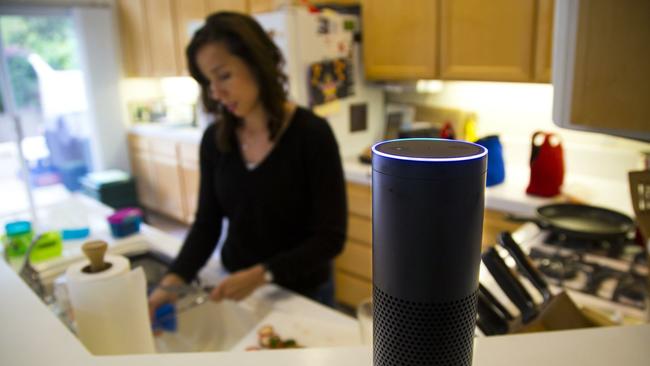Isn't that a contradiction in terms?
It's supposed to be. Helps capture your attention. But if that was your initial reaction to the headline then you might want to read on and find out how valuable and important bulk wine is to all those already working, buying and selling it.
Valuable? Come off it, I thought bulk wine was all about shipping vast quantities of ultra-cheap wine around the world to go into entry level supermarket wines.
And you're right. That's what a large proportion of bulk wine is all about. Providing retailers and major importers with the required amount of wine at the lowest commercial price points that so many wine drinkers want to buy. It is, if you like, the heart of the world of wine keeping the blood supply moving and the wine industry alive. But it is within all the arteries that feed off the heart where bulk wine gets genuinely interesting.
Go on then, get it off your chest. What makes it so innovative?
It's not the bulk wine per se that is so important here, but what it allows those buying it to do. Just look at any of the new on-trend ways to buy and sell wine, and chances are it will be bulk wine that is making it possible. Like wine in a can in supermarkets or at a music festival, wine on tap in pubs and bars, or wine kegs in restaurants. They are all helping to change the way consumers think about wine and also give them new opportunities, and crucially, new occasions when they can drink them. It's got nothing to do with bottles and the traditional way we buy and consume wine. Then there are the environmental and sustainable factors in moving wines between producing and selling markets and the much lower carbon footprint involved. Which is becoming an ever more important factor for major retailers and restaurant groups in deciding which wines to buy.
That's all very well and good, but you're still talking about commercial, entry-level wines aren't we?
Not at all. That has been the biggest change in bulk wine in the last five years. The technology and packaging being used to control and monitor the quality of wine being shipped in flexitanks means far more expensive wines are now being shipped in bulk. Nearly all the Top 10 selling wine brands are bottled in the UK. And there are far more appearing on the lists of specialist retailers, like Majestic, at £10 to £15 a bottle.
What £15 bulk wine - seriously?
Absolutely. Lanchester Wines has even gone as far as registering “boutique bulk” as a term to identify and single out what it sees as more premium bulk wines that it is sourcing as parcels of wine from family producers with all the terroir credentials of any other £10 plus wine. It says it can only see the premium side of bulk wine increasing as improvements in shipping and bottling, like at its sister company, Greencroft, makes it the most cost effective and carbon friendly way to import wine. If cutting the cost of supply means retailers and restaurants can sell wines at higher margins that are also more environmentally friendly then it's a double win.
What else do you see happening with bulk wine?
We are already seeing more restaurants and wine merchants in the UK move over to serving interesting, funky wine from keg and on tap. Vinoteca has for the last few years, been serving a wide range of wines from France and across Eastern Europe that come in by keg. Borough Wines has even modelled its business on sourcing and supplying keg wine to restaurants to serve by the glass.What about restaurants?Martin Williams, the new chief executive at the Gaucho group of Argentine restaurants, believes passionately making his customer offer as sustainable and environmentally friendly as he can. He is, for example, introducing a carbon free beef policy that he wants to see in all its restaurants by the end of 2021 as part of the revamped offer across the group. He has also turned to bulk wine in a big way to take that sustainable message over to wine. That includes, for now, a minimum choice of six wines on tap, all sourced via Hatch Mansfield, from premium Argentine producer, Zuccardi, at its newly re-opened Charlotte Street branch in London. Serving wines on tap also means using a lot less glass and huge savings in recycling costs, he adds.
But do premium diners really want to drink their wine from a tap?
Williams says he has not had any complaints, but stresses that's not really the point. He admits his customers may not be demanding to have more wines served by tap now, but “they most definitely will in the future” and it is vital groups like Gaucho keep one or two paces ahead of them. Choosing which restaurant you go to by their sustainable food and wine offer will, he believes, soon become part of his customers' decision-making about where they want to go and eat and drink. Which, for him, means putting more pressure on his suppliers to find him the most carbon-effective solutions. And if that means more premium bulk wine then so be it.

